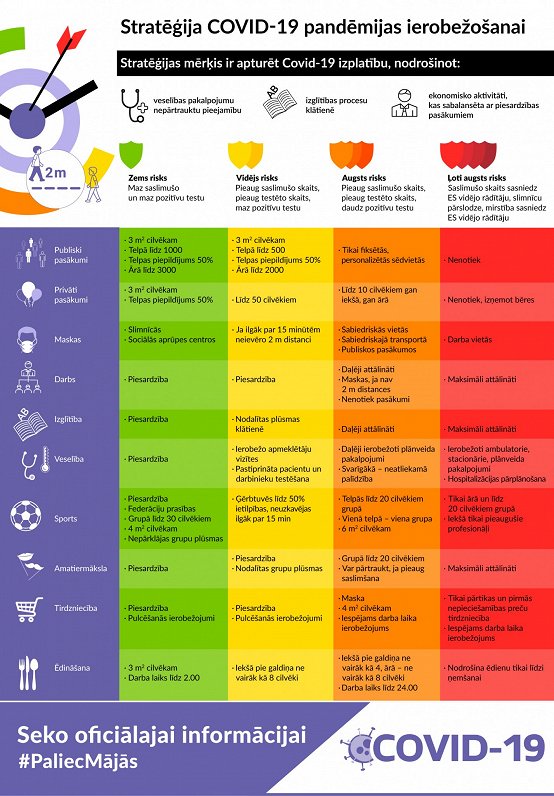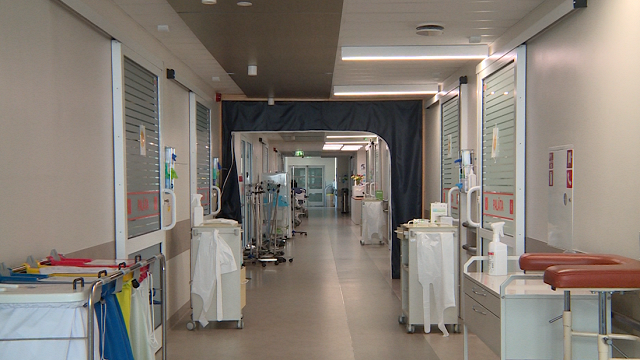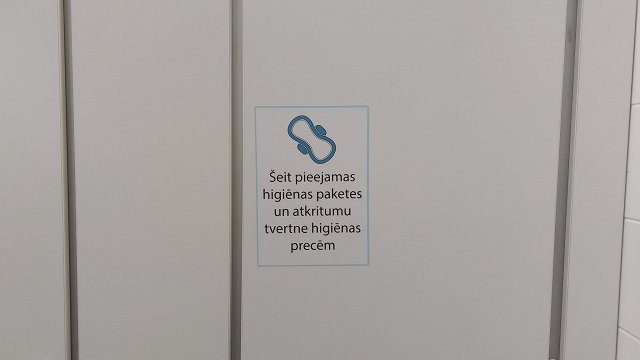The strategy is based on four risk categories based on stages of COVID-19 risk severity, marked green, yellow, orange and red. Restrictions are imposed in accordance with the risk stage the State is in.
Latvijas stratēģija #COVID19 ierobežošanai: četri rīcības scenāriji sabiedrības veselības pasargāšanai atkarībā no vīrusa izplatības radītā riska. ?
— Valdības māja (@Brivibas36) October 30, 2020
?? Detalizēts plāns pieejams šeit: https://t.co/cNe6z5cdOt pic.twitter.com/ikl2yk9guP
The strategy distinguishes categories of public and private events, mask use, workplaces, education, health institutions, sports, amateur arts, stores and shops, and catering. Restrictions may be imposed gradually or regionally depending on the category deemed to be at high risk.
Risk stages are determined in accordance with European Commission gradation scale, with some alteration: the green zone indicates few infected people and few positive tests. Yellow and orange both indicate a growing number of infected people and tests, but the proportion of positive tests against the total is respectively low and high (above 3%); and red means that the number of infected people and/or deaths reaches the EU average.
Accordingly, the green zone sees minimal restrictions, the yellow sees some assembly restrictions and mask use where 2 meter distance cannot be observed. The orange level introduces masks in all public places, partially remote work and education, and more assembly rules. Finally, the red stage indicates a lockdown, with no public or private events, no on-site catering, limited medical services, maximal remote work and education, and operation of essential (grocery) stores only.
Latvia is currently in the high-risk (orange) zone.
The full strategy is available here in Latvian.

































